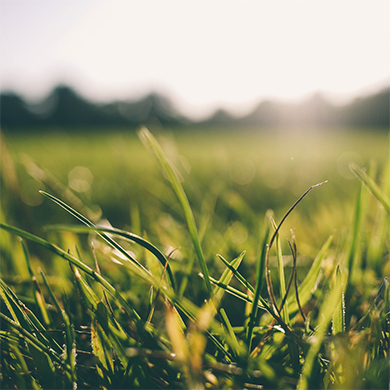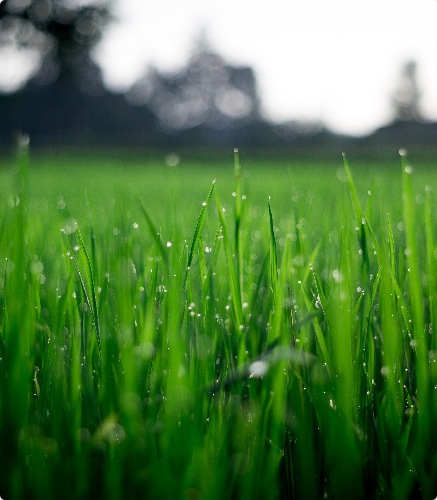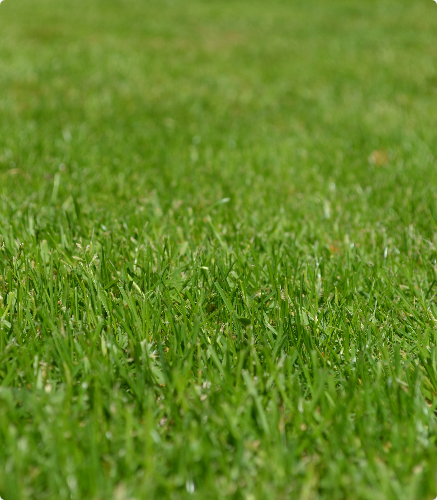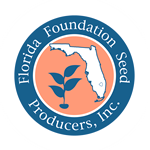The UF/IFAS turfgrass breeding programs are focused on improving turfgrass quality and developing tolerance to several biotic and abiotic stresses. The biotic-stress programs are examining responses to sting nematodes, large patch disease, dollar spot, chinch bugs, and hunting billbugs. The abiotic-stress programs are testing the shade and drought responses of zoysiagrass, St. Augustinegrass, and bermudagrass; identifying lines that can persist under long-term shade; and identifying lines that will hold color and quality in dry conditions. Key to the success of these evaluations is involvement from other University of Florida turfgrass scientists who are experts in management/physiology, diseases, insects, and nematodes. The success of this involvement has resulted in the release of three new zoysiagrass cultivars and a new St. Augustinegrass cultivar in 2018, and an additional release of a new zoysiagrass cultivar in early 2019.
The turf-type bahiagrass program aims to enhance turf quality of bahiagrass using traditional and mutagenic breeding approaches. Making up 24 percent of the sod produced in Florida, this low-input turfgrass is used along highways and in reduced-value landscapes because it tolerates heat, drought, and marginal soil while resisting insects and disease. Researchers are evaluating genetically improved bahiagrass plants in controlled environments to identify lines with improved turf quality.
An important component of the turfgrass breeding program is engaging sod producers and golf-course superintendents prior to cultivar release, ensuring that cultivars meet production and performance standards. Involving multiple scientists in a team approach will result in more successful cultivars with greater potential to enhance the turfgrass industry.





